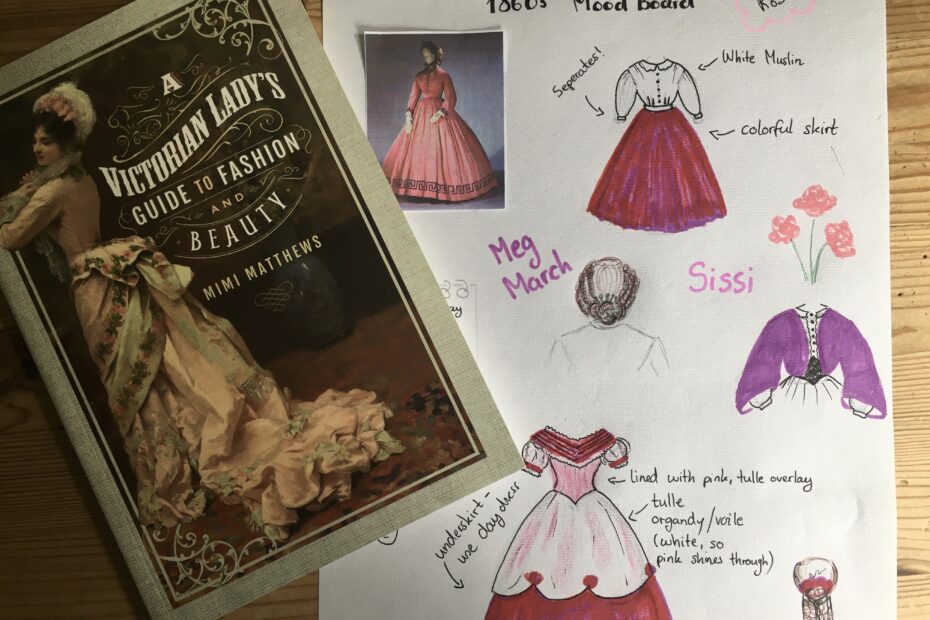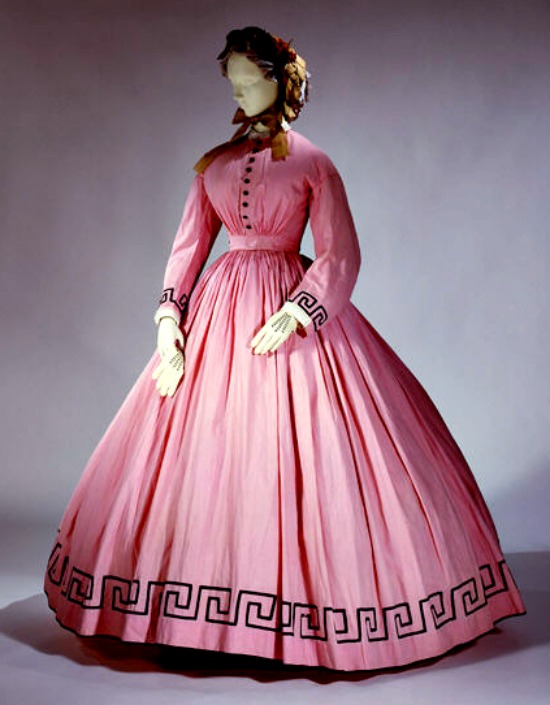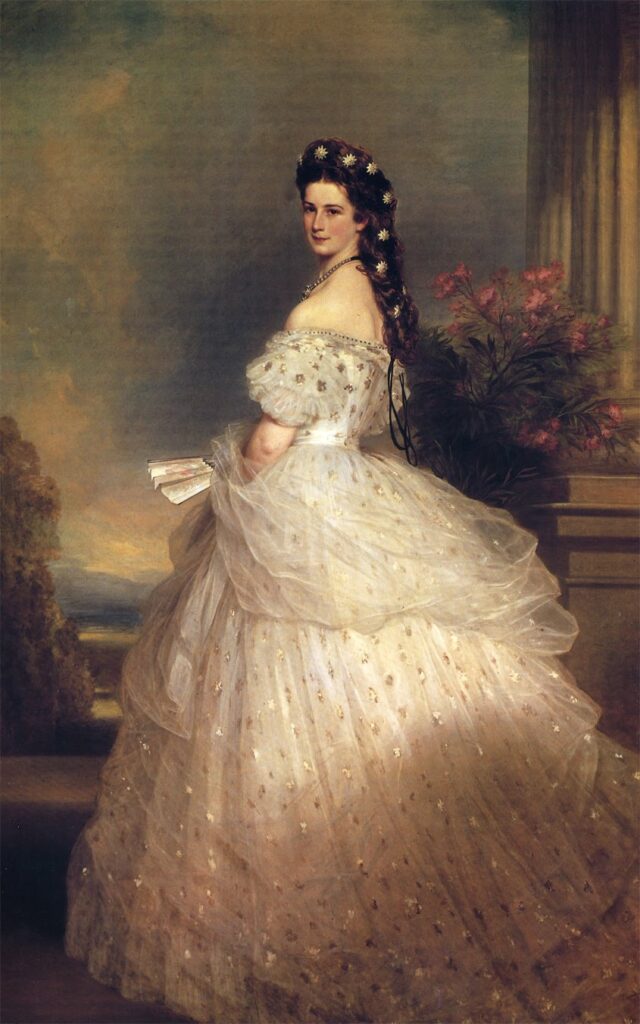During the design stage of a costume, I would say 90% of my time is spent searching the internet for inspiration: fashion plates, photos, and extant garments. Pinterest is a great source btw, as it allows you to save the inspiration pictures to boards, and saves you time later.
But as we get more serious about recreating historical dress, we need a little more background information, specifically where historical sewing techniques and are involved. So here are some of the ways I research and fins inspiration for my (mainly Victorian-era inspired) costumes.
Finding Inspiration
Nothing is more valuable to recreating historical fashions than first-hand sources from the time itself, be that artwork, fashion plates or extant garments. Through the internet we have all of this information at our fingertips. Have a look at museum exhibits, either in person or online. Even watching well-made historical dramas can be great sources of inspiration. But in order to be able and replicate what you see you will need to understand what goes underneath, and how the shape of the fabric was cut. This is where books and video tutorials come in:
Historical Research, Know-How & Sewing Techniques
- The Victorian Lady’s Guide to Fashion and Beauty
- The Victorian Dressmaker (by Izabela Pitcher from Priorattire)
- Authentic Victorian Dressmaking Techniques
- Keystone Jacket and Dress Cutter: An 1895 Guide to Women’s Tailoring (Dover Fashion and Costumes)
- Victorian Fashions: A Complete Lady’s Wardrobe (A collection of sewing patterns for late 19th century fashions)
- 59 Authentic Turn-of-the-century Fashion Patterns
- Historic Costumes and How to Make Them (Dover Fashion and Costumes)
- Historical ladies magazines such as the “Godey’s Lady’s Book”, “Journal de Demoiselles” etc. copies of which you can view on Archive.org
Favorite YouTube Channels to learn about Historical Dressmaking and Fashions
- Priorattire (Dressing-up videos for a wide range of eras, from medieval to Edwardian, showing the undergarments as well)
- Bernadette Banner (documents her historical dressmaking process and techniques, often with very interesting tidbits of information about the era)
- Crowseye productions (more dressing-up videos, lovely production quality)
- Karolina Zebrowska
- English Heritage
- Vasi Birchwood
The Design Process
After picking out a few inspiration pieces, be they fashion plates or existing garments, it’s time to decide if you want to actually recreate a dress 1-to-1 or put your own twist to it. Whatever way you decide, you will probably need to make a rough sketch – don’t worry if you’re not good at drawing, this is for your eyes only! This is where you bring your vision to life. What colors, fabrics, trims do you want to use? It’s one of my favorite parts of costume-making.
A big thing to consider is the budget – so if you’re a beginner you might want to keep fabric choices simple especially if you’re a (relative) beginner.
Additionally, don’t let yourself be constrained by what you see on fashion plates. Often when I’m in the process of making a dress, I get an idea, like a specific shape of sleeves or neckline, I want to incorporate, but I’m not willing to compromise on historical accuracy. So I do reverse-research – I start looking at sources to find evidence of that specific detail existing in fashion during that time period! And most of the time it does not take long to find historical evidence to support a design choice.
In Conclusion:
Having an approach of historical plausibility instead of ironclad historical accuracy can be incredibly freeing. Even if you can’t find evidence it’s still not impossible to incorporate it – fashion design comes down to the dressmaker after all, and dressmakers have always been people with ideas just like yourself. So don’t be afraid to go ahead, and design the dress of your dreams!




